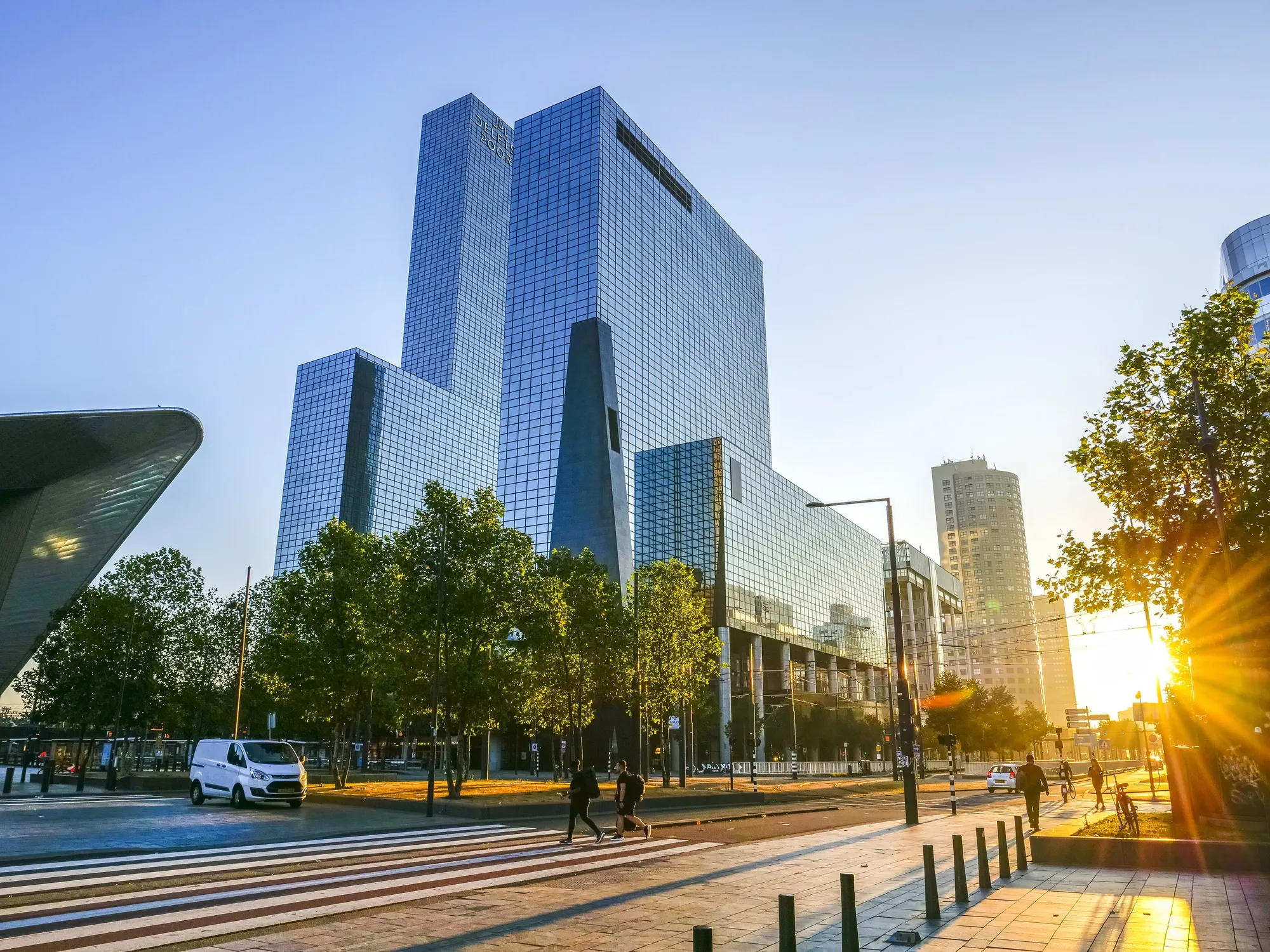
Xerox created this flexible, easy platform to aggregate data sources and interface with various existing and emerging transport providers. The platform processes all the inputs to provide personalised travel suggestions that combine modes of transportation including personal (car, walk, bike), shared (ZipCar, bikeshare), ride hailing (Lyft, taxi) and public (bus, subway, train) options.
Xerox says this is the only transportation platform that combines public and private transportation options in a single trip and shares the environmental impact of a trip. Xerox is also highlighting its Mobile Analytics Platform
(MAP) and the Xerox Vehicle Passenger Detection System. MAP gives transportation managers unique perspectives on activity, including heat
maps that graphically illustrate levels of transportation activity on varying services (parking, tolling, transit) at any given moment in any part of a city.
The company says its Xerox Vehicle Passenger Detection System is the first to the market with a 95% accuracy rating up to 100 mph, and it aims to deter drivers from breaking carpool rules using patented video analytics identifying the number of empty versus occupied seats in a vehicle.









